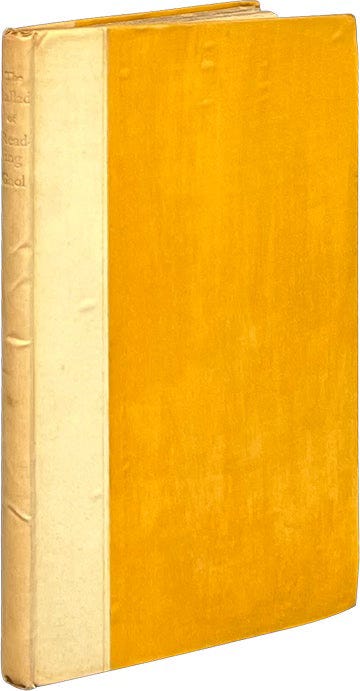The Poisonous Book trope
I first came across the poisonous book trope reading The Picture of Dorian Gray. In Oscar Wilde’s famous novel(la), the titular character is literally corrupted through the reading of a “yellow book” full of dangerous ideas that lead him to a long, debauched life. (As it turns out, scholars agree that the yellow book is an allusion to an actual book of the time…but if I tell you its title, you’ll read it, and look what that did to poor Dorian.) Perhaps it was the masterful writing (The Picture of Dorian Gray is surprisingly beautiful and sinister), but the concept that I was reading an oft-banned book about a book which is so wicked it destroys many a life had some almost mythical resonance about it.
As I grew and read and studied, I found that literature is full of these poisonous books. Umberto Eco’s The Name of the Rose takes the concept quite literally, while volumes such as Robert Chambers’s The King in Yellow and H. P. Lovecraft’s The Necronomicon feature well-known books of true evil (and the same titles as their frame novels). Marvel Comics has its similarly satanic Darkhold, while Chuck Palahniuk’s Lullaby and George Orwell’s 1984 also feature books one should approach with extreme caution. Jorge Luis Borges has The Garden of Forking Paths and Deborah Harkness, Ashmole 782. And who could forget Tom Riddle’s nasty little diary in Harry Potter and the Chamber of Secrets? They’re everywhere: it is indeed an almost mythical trope. But what is the attraction to such an idea?
There are many, but let me briefly propose a few.
Keep reading with a 7-day free trial
Subscribe to B. A. D. Reviews to keep reading this post and get 7 days of free access to the full post archives.



